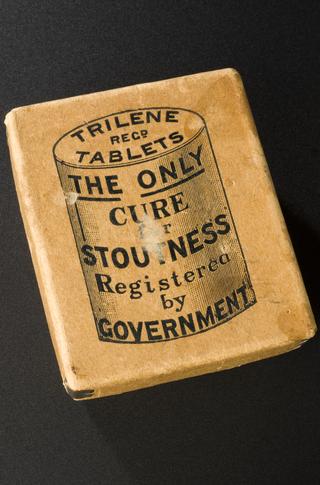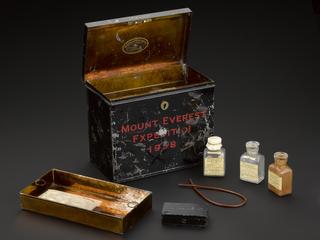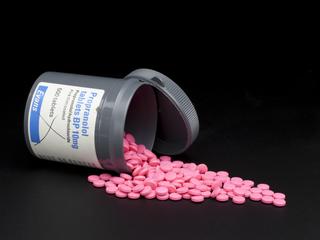




Glass specimen jar, containing seeds (cajanus bicolor) from Rahar or Ghazipur, Bengal, India, 1866
Cajanus bicolor (shown in the centre) is an important food stuff. It originates in India and is commonly known as ‘pigeon pea’. It is cultivated in Africa and India. Cajanus bicolor is an important source of protein. The seeds and sometimes the roots are eaten as vegetables. This specimen was collected from Bengal, India.
Henry Wellcome considered all aspects of human health and illnesses worthy of collection. This included food and diet. Plant specimens with medical uses make up a large part of Wellcome’s collection. Wellcome was a pharmaceutical manufacturer. He often instructed his collectors to look for local remedies to be studied for their potential use in new products. This process is now known as ‘bio-prospecting’. The seeds are shown with two medicinal plants: panicled acacia (A669220) and Tanner cassia pods (A669388).
Details
- Category:
- Materia Medica & Pharmacology
- Collection:
- Sir Henry Wellcome's Museum Collection
- Object Number:
- A669371
- Materials:
- glass, clear and paper, lid
- Measurements:
-
overall: 210 mm 60 mm, .45kg
- type:
- seeds




